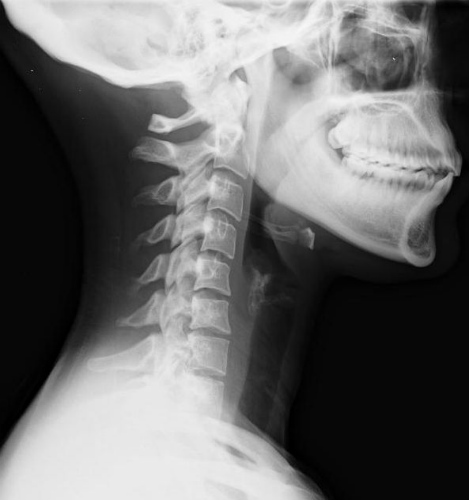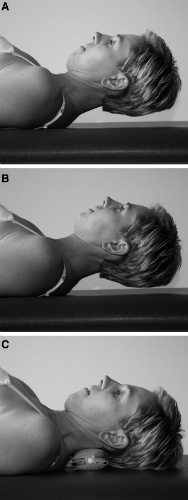- Episodic tension-type headaches should be managed with low load endurance craniocervical and cervicoscapular exercises.
- Patients with chronic tension-type headaches may also benefit from a variety of exercises, relaxation training, stress coping therapy, or multimodal interventions
- Multimodal care that includes spinal mobilization, craniocervical exercises, and postural correction was found effective for tension headaches.
- For cervicogenic headaches, low load endurance craniocervical and cervicoscapular exercises; or manual therapy (manipulation with or without mobilization) to the cervical and thoracic spine were found to be beneficial.
- Review systematically analyzed 15 randomized controlled trials.
Non-invasive interventions have been found effective for the management of headaches (Figure 1) associated with neck pain, according to a systematic review and meta-analysis published in The European Spine Journal. The analysis was an update of the Bone and Joint Decade Task Force on Neck Pain and Its Associated Disorders by the Ontario Protocol for Traffic Injury Management (OPTIMa) Collaboration.

To update findings of the 2000-2010 Bone and Joint Decade Task Force on Neck Pain and its Associated Disorders and evaluate the effectiveness of non-invasive and non-pharmacologic interventions for the management of patients with headaches associated with neck pain (i.e., tension-type, cervicogenic, or whiplash-related headaches [FIgure 2]).

The Analysis
The researchers examined 5 databases for records from the years 1990 to 2015 and identified randomized controlled trials (RCTs), cohort studies, and case-control studies comparing non-invasive interventions with other interventions, placebo, or no intervention. Pairs of independent reviewers identified eligible studies using the Scottish Intercollegiate Guidelines Network. Studies with a low risk of bias were synthesized following best evidence synthesis principles.
Results
The reviewers were able to identify 15 relevant studies and 10 with a low risk of bias. The evidence suggests that episodic tension-type headaches should be managed with low load-endurance craniocervical and cervicoscapular exercises.(Figure 3.)

Patients with chronic tension-type headaches may also benefit from low load endurance craniocervical and cervicoscapular exercises; relaxation training with stress coping therapy; or multimodal care. Multimodal care was described as spinal mobilization, craniocervical exercises, and postural correction.
“For cervicogenic headaches, low load endurance craniocervical and cervicoscapular exercises; or manual therapy (manipulation with or without mobilization) to the cervical and thoracic spine may also be helpful,” the researchers advised.
Conclusions
“The management of headaches associated with neck pain should include exercise. Patients who suffer from chronic tension-type headaches may also benefit from relaxation training with stress coping therapy or multimodal care. Patients with cervicogenic headache may also benefit from a course of manual therapy,” the reviewers concluded.
Neither surgical intervention nor long-term opioid analgesic therapy was found to benefit patients with chronic headaches resulting from tension, cervicogenic causes, or from whiplash.
